
How to Write a Winning HVAC Business Plan (FREE Template)
In my 27 years navigating the trenches of this industry, from turning a wrench to consulting for hundreds of contractors, I’ve seen a clear dividing

As a long-time HVAC industry consultant, I’ve helped countless companies grow and become more successful. Along the way, I’ve experienced both wins and setbacks, each one shaping the advice I share today.
In this article, I’ve done my best to condense the value of a full one-year consulting program into just a few thousand words. Naturally, some topics have been simplified, and a few details left out, but my goal is to provide you with practical, actionable advice that you can implement right away!
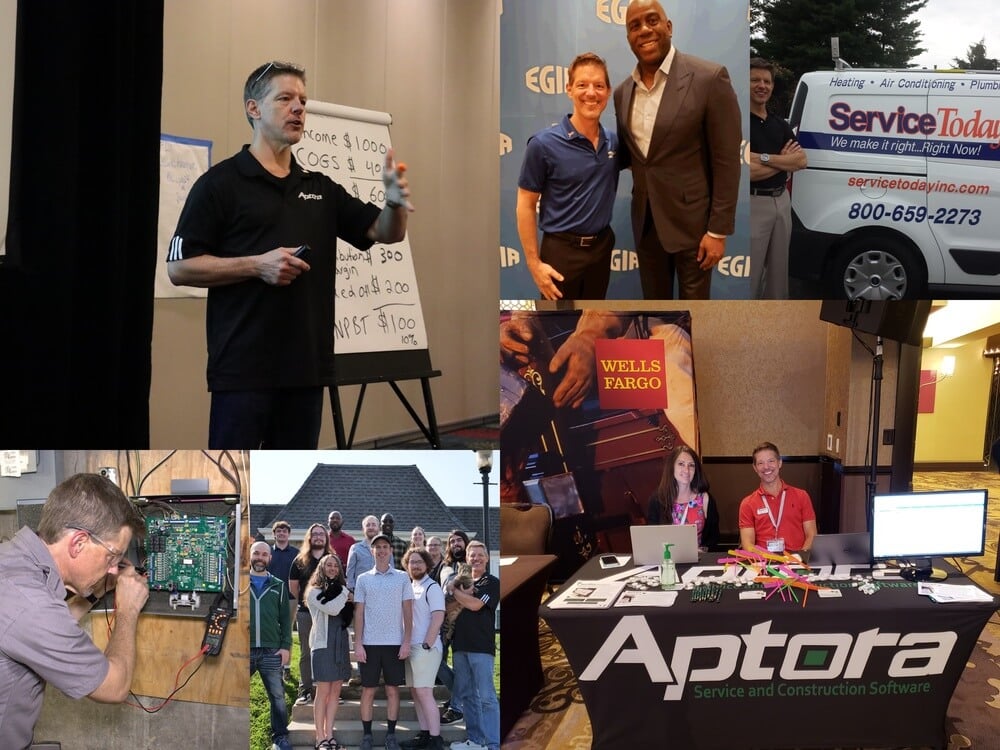
While I used artificial intelligence to check grammar and spelling, every word and idea comes from my own experience. I hope you find the information helpful and more importantly, I hope it helps you move your business forward.
Before we jump into how to grow your HVAC business, I want to talk about something far more important.
It’s the reason why you are reading this article and why you wish to grow your HVAC business. It’s all about your spouse, your kids, and the time you spend with them. You’re doing this so you can choose the neighborhood you want, send your kids to great schools, take your spouse on dream vacations, and eventually retire comfortably together. That’s why you break your back and walk through fire each day at work.

So first, take a moment to get clear on your vision – for yourself, your family, and your future. Once you have that locked in, your next step is to build a business strong enough to support that vision and make your dreams a reality.
Let’s get started growing your business.
When business owners talk to me about growth, they are usually referring to increasing revenue or annual sales – and there are only two fundamental ways to do that:
There is absolutely no faster or more efficient way to increase revenue and net profit than by raising your prices.
Even just a small increase in price can make a huge difference to your net profit.
Consider this simplified example:
Before a Price Increase | After a 10% Price Increase | $ Change | %
-------------------------------|-------------------------------|-----------|--------
Income $ 1,000 | Income $ 1,100 | $ 100 | 10%
Cost of Goods Sold $ 500 | Cost of Goods Sold $ 500 | $ 0 | 0%
Gross Profit $ 500 | Gross Profit $ 600 | $ 100 | 20%
| | |
Expenses $ 400 | Expenses $ 400 | $ 0 | 0%
Net Profit $ 100 | Net Profit $ 200 | $ 100 | 100%
💥 Huge Impact: As you can see above, a 10% price increase didn’t just raise income by 10% – it actually doubled the company’s net profit. So, just a 10% price increase has nearly the same impact on increasing net profit as does generating 25% more transactions (which is 25% more hard work).
Now, after raising prices, the next most efficient and cost-effective way to increase profits is by increasing the number of items sold per transaction – i.e., selling more. With this, your total number of transactions does not increase, you are simply getting more money from each transaction.
This tactic is ideal because it’s far easier to sell more to a customer you are already in front of than it is to put yourself in front of more customers. So, you should train your technicians to “Think like an airplane mechanic.”
Push your techs to do more thorough work and identify legitimate repair or upgrade opportunities that are often missed – many technicians simply don’t recognize these opportunities.
Be sure to clearly define and document additional services or upgrade options so your techs can offer them with confidence and ease. Make sure your entire team knows what these are, and train your technicians on how to present them clearly and ethically (very important).
This is the recipe for maximizing the revenue potential of each transaction.
The last (and, often, least desirable) method to increase revenue is to run more service calls and do more system changeouts. This requires putting more miles on your trucks, hiring more people, and a number of other headaches.
To make this easier, you should always focus on your existing customer base before looking for new ones.
It is far more effective to market to your existing customers – they already know who you are and trust has already been established. This eliminates most of the challenges in marketing. You should also market to your existing customer base regularly.
To reap the full benefits of your marketing efforts, you must track metrics! Keep a tab on important numbers like Customer Lifetime Value (CLV) and Average Annual Customer Revenue, and ensure your team understands these numbers.
Lastly, be sure to meet regularly with your team to review these performance indicators so that you can brainstorm ways to improve upon them.
The final point I want to make about increasing revenue relates to what you’re selling.
In the HVAC industry, everything you sell falls into one of two categories: labor or non-labor.
Cost accountants typically refer to non-labor items as MESO (Materials, Equipment, Subcontractors, and Other Direct Costs). You want to sell MESO – not labor.
Providing labor-intensive services is far more complex and expensive than selling MESO. Labor drives up overhead, requires more management, and introduces greater variability. MESO, by contrast, is easier to control, scale, and profit from.
MESO never calls in sick.
For that reason, your goal should be to maximize MESO-related revenue and minimize labor-related revenue. As a general rule, labor should account for no more than 20% of your total revenue. Structuring your pricing, service offerings, and sales efforts around this target can significantly improve profitability and operational efficiency.

These are in order of priority:
The first three items on this list should be done first -they lay the foundation for everything that follows in this article.
⚠️ So, please, don’t underestimate the importance of these first three things!
Start by identifying your company’s Unique Selling Proposition (USP) – the compelling reason customers should choose your company over the thousands of other options. What does your company do, offer, or claim that most competitors can’t?
Write out your top five USPs. A strong USP can also be a bold statement or promise that is unique and clearly beneficial.
Think… How long have you been in business? Do you offer specialized skills, licenses, or capabilities? What makes your approach different or more effective?
📌 Important: Here’s the key: at least two of your USPs must be truly unique – so distinct that no other company in your market could make the same claim truthfully. Don’t be surprised if this is challenging or time-consuming. It should be. Standing out in a crowded market takes thoughtful effort. Please, take your time; this step is critical.
Kick off your USP discovery with a helpful free template like this one to organize your thoughts visually: Unique Selling Proposition Template by PowerSlides.
Next, define exactly who you want to sell to. What type of customer is your business best suited to serve?
Think of it like criminal profiling by the FBI. You’re creating a detailed list of traits that your ideal customer is most likely to have. Are they residential, commercial, or industrial clients? What are their demographics, neighborhoods, property types, or income levels? Be incredibly specific.
This is your Perfect Customer Profile.
Once you’ve identified your perfect customer, shape your business around serving that type of client exceptionally well.
📌 Important: Your USPs and Perfect Customer Profile must align. Think of your business as a highly specialized tool designed for a specific job. When you know exactly who your ideal customer is, you can build a company perfectly suited to meet their needs. Don’t move forward until you’re confident that both your USPs and target customer are in sync.
Struggling to pinpoint exactly who your ideal customer is? Download Aptora’s Customer Profile Questionnaire to clearly define your “Perfect Customer Profile” and start attracting the clients you’re best suited to serve.

The next thing your company must know is, how much should you charge that “perfect” customer? What pricing will keep you competitive while also optimizing your profits? Be sure your answer to this is based on sound accounting principles and not guesswork.
You’ll also need to mark up labor and MESO differently.
It’s important that your labor rate cover all your companies overhead and produce the bulk of your net profit. Sending service and installation technicians into the field is what creates and drives overhead. For that reason, labor – not parts, since parts sales will always fluctuate – is going to be your most reliable and consistent revenue driver. So, price it right!
Properly pricing your labor protects your margins, especially on labor-intensive jobs. Tools like Aptora’s Labor Rate Builder Pro® will help you calculate exactly what you need to charge.
If your company doesn’t use a flat-rate pricing method for demand service, doing so should be a top priority.
For the vast majority of HVAC companies, growth and overall success almost certainly depend on having a good flat-rate pricing system that every team member uses effectively.
This is exactly why we built Flat Rate Plus Online. It’s the system that ensures your entire team – from the veteran to the new hire – prices every job correctly and consistently, every single time. It seamlessly integrates the labor rate you built with our Labor Rate Builder Pro® into a comprehensive, easy-to-navigate digital price book.
Imagine running service calls without a set of refrigeration gauges, thermometers, multimeters, and other important tools. No matter how great of a technician you might be, you could NOT provide high quality service without those things.
The same concepts apply to running a business – you need accurate, up-to-date data to manage it well.
To keep your numbers tight and timely, hire a full-charge bookkeeper and partner with a trustworthy CPA. This will build a solid system of bookkeeping and accounting so that you always have the reports you need. I strongly recommend starting with a well-structured chart of accounts designed specifically for the HVAC industry.
Create a list that includes the name of each department that generates revenue for your business. With this, your accounting team can generate income statements by department, so that you can know the net profit for each one.
Your department list might look something like this:
Seeing net profit by department is essential to understanding where your business is profitable – and where it’s not.
Aptora’s Labor Rate Builder Pro® tool includes a professionally built chart of accounts and department list specifically crafted for progressive HVAC businesses.
Now that you are getting concrete financial and performance reports, you need to be able to completely understand them.
You wouldn’t trust the capabilities of a technician who couldn’t read a schematic diagram, would you? Likewise, you can’t have full confidence in your ability to grow your business if you can’t understand your balance sheet, income statement, and cash flow reports.
Dive deep into your numbers; knowing exactly where your money goes is your roadmap to success.
Create a short list of TPIs (Top Performance Indicators). These are two or three highest numbers that matter most to achieving your business goals. Your TPIs might be different, but these are my top three TPIs:

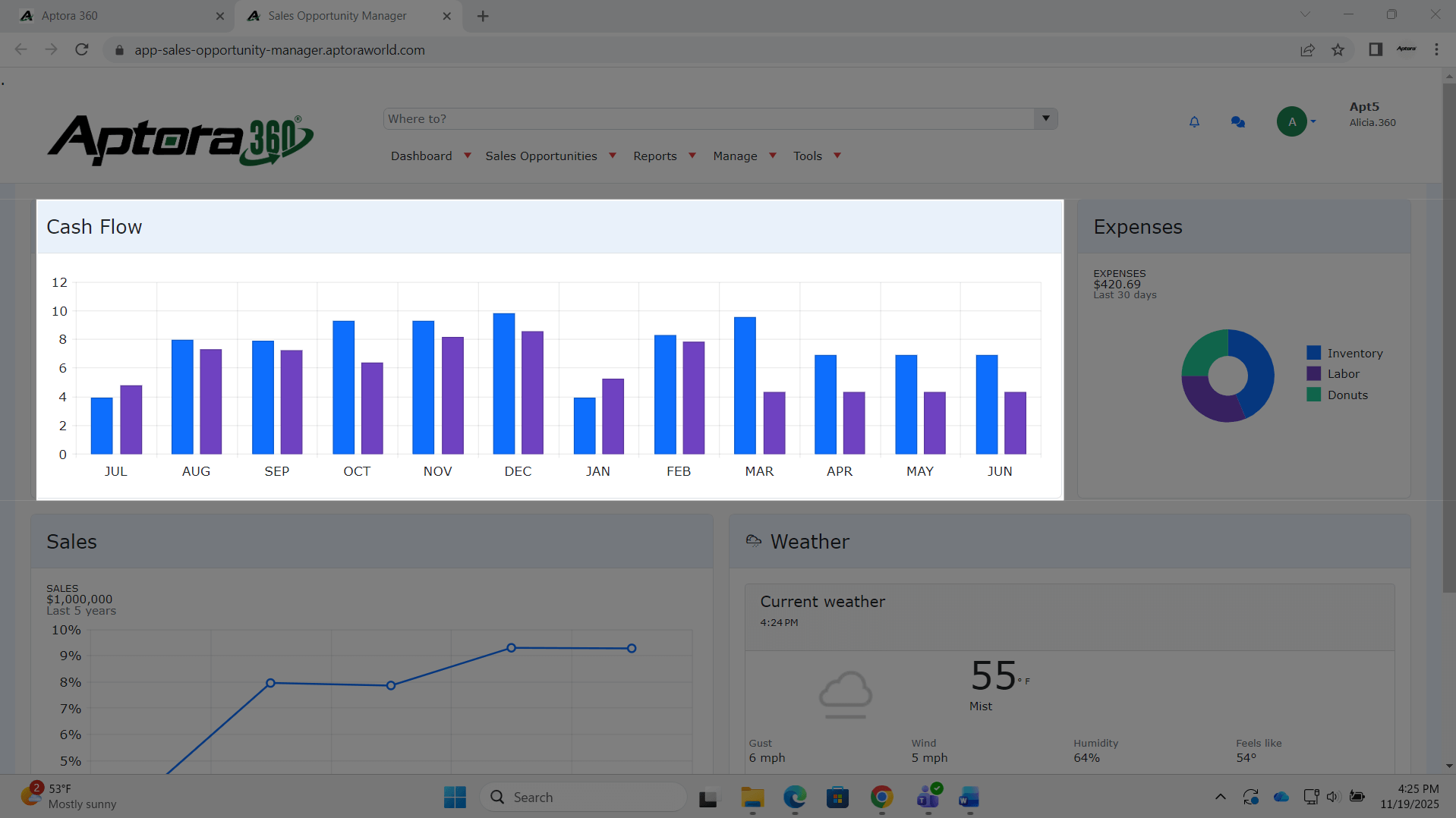
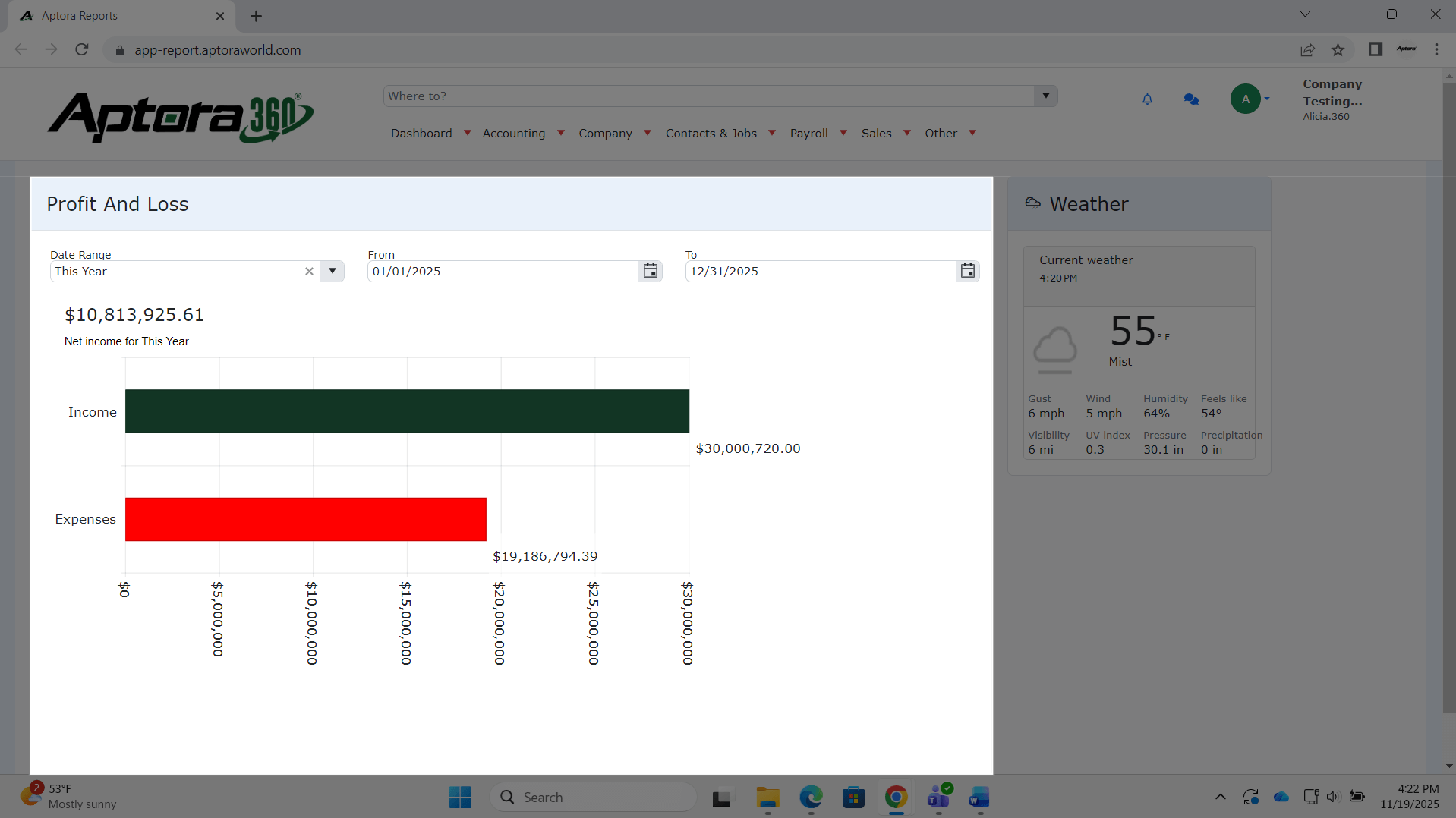
You will need to determine which KPIs (Key Performance Indicators) directly influence or drive your TPIs. While there are many others, these are some examples of what KPI’s drive each TPI:
You must have Standard Operating Procedures (SOPs) for all major business activities.
SOPs are a combination of company rules and workflow. Start with the ones that drive revenue and improve field labor efficiency.
A good example of that would be “Managing Work Orders and Invoicing in the Field: Demand Service Calls.” This hypothetical SOP would cover everything related to work orders, flat-rate presentation, parts acquisition, creating invoices, and processing payments.
Ready to systematize your field operations for maximum efficiency? Grab Aptora’s “Field Service SOP Success Kit” to build clear, revenue-driving procedures for work orders, invoicing, and payments today.

Your website is more than a digital brochure; it’s the center of your marketing universe.
Whether someone finds you through search, a referral, or a business card, most people will visit your website before contacting you. That means your site must be fast, mobile-friendly, and built to convert visitors into leads.
Your homepage should clearly communicate who you are, what you do, and why someone should choose you over a competitor. It should include your USPs, trust signals (e.g., licenses, certifications, customer reviews, etc.), and easy ways to get in touch – like clickable phone numbers and contact forms on every page.
Beyond aesthetics, your site must also be optimized for search engines. This includes using localized keywords, creating service pages for each offering, and maintaining a blog with helpful articles.
Your content should be crafted to educate, build trust, and position your company as an expert in your community. Adding social proof – testimonials, photos, and case studies – to validate your claims will also help to strengthen your web presence.
It’s also crucial to use tools like Google Analytics and call tracking to monitor performance – so you can see which pages and campaigns are driving real results, and where to focus your future efforts.
A great website will not only help generate leads but it will also pre-sell your services, reinforce your professionalism, and elevate your company’s image.
Now, take a step back and really look at your site. Does it check these boxes and speak directly to your Perfect Customer Profile? If the answer is no, it’s time to rebuild.
Done right, it is one of the best investments you’ll ever make for your business.
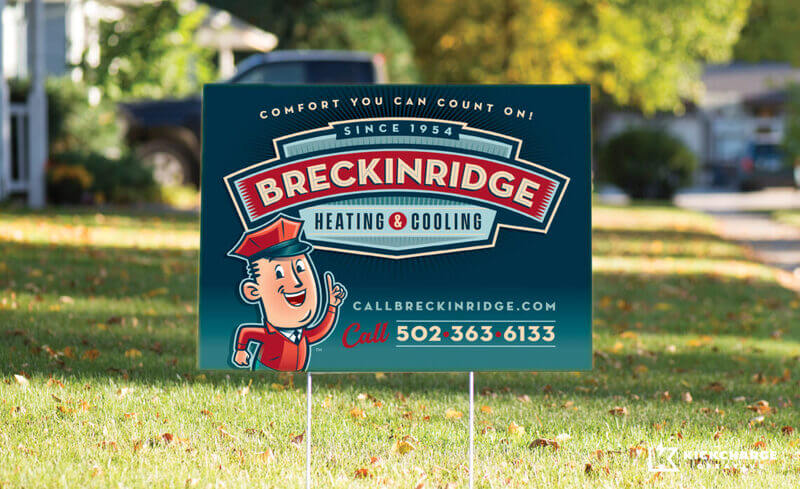
Your business should never depend on random and occasional inbound phone calls or word-of-mouth alone.
Consistent marketing is about building a reliable and repeatable system that steadily generates qualified sales opportunities. That means having a real plan, not just throwing money at ads or boosting social media posts every now and then.
Start by pinpointing which marketing sources bring in the best leads, at the lowest cost, and focus your efforts there.
Track performance using basic metrics like cost per lead, cost per sale, and conversion rates by channel. With this, you will gain clarity on where to invest your time and budget.
Tools like a customer relationship management (CRM) system are also essential. Every lead should be captured, categorized, followed up with, and tracked. CRM usage should be mandatory for every staff member who handles leads.
Think of your marketing as a machine. Once it’s built, it should run daily with only periodic tuning:
Your marketing should be consistent, deliberate, and tied directly to your revenue goals. Even a small increase in your average monthly lead flow, when managed properly, can significantly impact annual sales.
This is an area where some delegation is possible, but an owner or general manager must stay involved in strategy development and performance review.
Positioning yourself as the trusted HVAC expert in your area should be your aim. Building authority doesn’t happen overnight – but with the right approach, you can earn recognition both online and off. To do this, you must:
A football team can have the best head coach in the world, but without talented players who can execute the plays, success will always be limited.
The same applies to your business.
Think of yourself as a recruiter. You should always be on the lookout for notable talent, even when you’re not actively hiring – because you never know when a key employee might leave or when a rockstar candidate might unexpectedly come along.
Equally important to finding great talent is creating space for it. So, you must be willing to fire someone who isn’t working out in order to create space for someone better.
Build a strong, compliant team with our all-in-one Hiring & Firing Legal Toolkit. This editable resource provides legally-vetted interview guides, job ads, and termination protocols to help you attract top HVAC talent and manage separations safely, minimizing legal risk.
Your company needs a consistent and systematic approach to advertising, recruiting, interviewing, and onboarding. But no matter how much effort you put into the hiring process, you will occasionally hire people who simply aren’t the right fit, and that’s okay. What’s not okay is keeping them around longer than you should.
This is why I recommend hiring slowly and firing quickly.
If someone isn’t meeting expectations within the first 30 days – when they should be on their best behavior – that’s a big red flag.
Your next step should be to place them under close observation with clear tasks and deadlines. If they still don’t impress you, they likely never will.
Cut your losses and move on.
Here is some hard-earned management wisdom: When someone says they can do something, trust them; but verify their progress. With this, you will quickly discover their capability.
On the flip side, be cautious when someone claims something is impossible. There’s no way to monitor ‘impossible,’ so you’ll never truly know if the task is out of reach or just beyond their willingness to try. Many employees are reluctant to tell you straight up that they cannot do something. So, if an employee is telling you that, be wary.

You are in the people business.
Every day, you interact with employees, customers, and individuals who may eventually become one or the other. You never know who you’re dealing with or how a relationship with a person might lead to some mutual benefit.
That is why it is critical to always be polished – how you look, how you speak, and how you present yourself all matter.
You should make it a serious point to work intentionally on your people skills and your presentation skills because, in a people-driven business, how you present yourself often determines the opportunities that come your way.

Being a business leader is a lot like being the head coach of a sports team. You can have brilliant strategies and a detailed playbook, but none of that matters if you can’t inspire your team to execute the plan.
Today, money is no longer the primary motivator it once was, and many people are driven by deeper needs like purpose, recognition, autonomy, and growth.
Because these motivators can vary widely from person to person, one of your greatest challenges as a leader will be uncovering what truly motivates each individual on your team.
Once you understand what drives each person, you can guide your team in a direction that fuels both their personal fulfillment and the business’s success.
This goes not only for technicians, but especially for those running the business. As a business owner, you must understand how to run your operation and take full advantage of the resources available to help you grow.
One of the most valuable skills you can develop is effective communication – both written and verbal – with a strong emphasis on the verbal.
Why? Because when it comes to writing, you can always lean on someone to help you craft an email, letter, or marketing piece. But your verbal communication? That’s all on you. So, don’t make the mistake of underrating the importance of this asset.
💡 Pro Training Tip: When an employee is weak in a certain area or needs to improve on a certain subject matter, have them write an article on that topic. Require that the article be well written, between 1,200 to 1,500 words, and meet the basic standards for an informative article. Instruct them to write the article as if they were being published in a national magazine.
The key here is that they’ll need to research the topic before they can write about it, and with genuine effort, they’ll likely come away having learned much more about the subject in the process.
From there, if you have a marketing related employee, have them modify it for SEO purposes and publish it on your website. It’s a win/win for everyone involved.
Accountability transforms good companies into great ones.
So, set clear expectations, provide measurable goals, and hold everyone – including yourself – to those standards.
To start, be sure your company has a good general employment policy manual to provide detailed guidelines, and outline responsibilities. Also, ensure that each employee is given a job description; a two-page document is sufficient for most positions.
You should reward accomplishments publicly, and handle failures privately.
Publicly recognizing accomplishments boosts morale, reinforces positive behavior, and motivates others. Conversely, handling failures privately shows respect, preserves trust, and creates a safe space for growth without embarrassment.
Implementing these changes will lay the foundation for a culture where accountability powers your growth.
Once accountability is in place, the next step is to implement a performance-based compensation system. Whenever goals or objectives can be clearly defined and measured, look for ways to tie compensation to those outcomes.
Transform your payroll into a powerful motivator with the Mr. HVAC Performance Based Compensation System. This editable, 36-page manual provides a fair, proven framework with bonuses and spiffs to reward efficiency, sales, and technical skill – moving beyond simple hourly pay to drive productivity and profit.
For example:
Most technicians perform very well under these type of arrangements because it rewards efficiency without sacrificing quality or fairness.
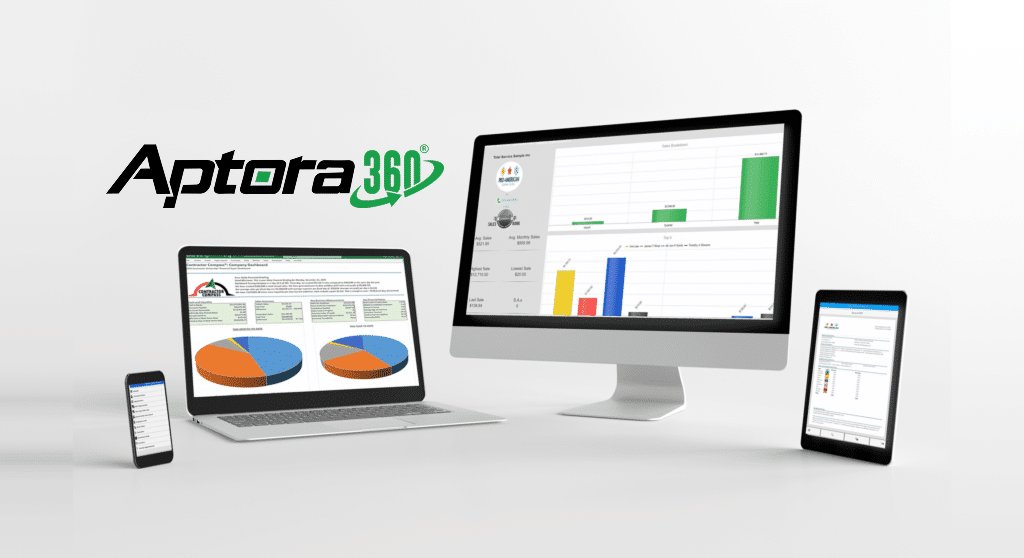
Use technology to scale.
From scheduling to invoicing, customer follow-up to inventory management, adopting the right software solutions frees up your time for strategic growth.
This is the core reason we built Aptora’s all-in-one HVAC software. It’s the operational engine that consolidates your entire business – dispatching, flat-rate pricing, customer history, and financial reporting – into one seamless system. Stop juggling disconnected apps and manual processes.
If you’re not leveraging technology, you’re working twice as hard for half the results.
Here’s the harsh truth: industries evolve, and businesses that resist change disappear.
Don’t wait until change is unavoidable – embrace innovation, adopt new methods, and lead your business proactively into the future today. The businesses that anticipate and embrace change are the ones that dominate.
A student attending one of my seminars once asked me if I thought AI was going to take his job. I smiled and said to him, “No I don’t… I think somebody who uses AI really well will take your job.”
Ready to put these growth strategies into action? Download Aptora’s “Business Owner’s Checklist,” your essential companion for implementing these proven steps and systematically building a more profitable HVAC company.
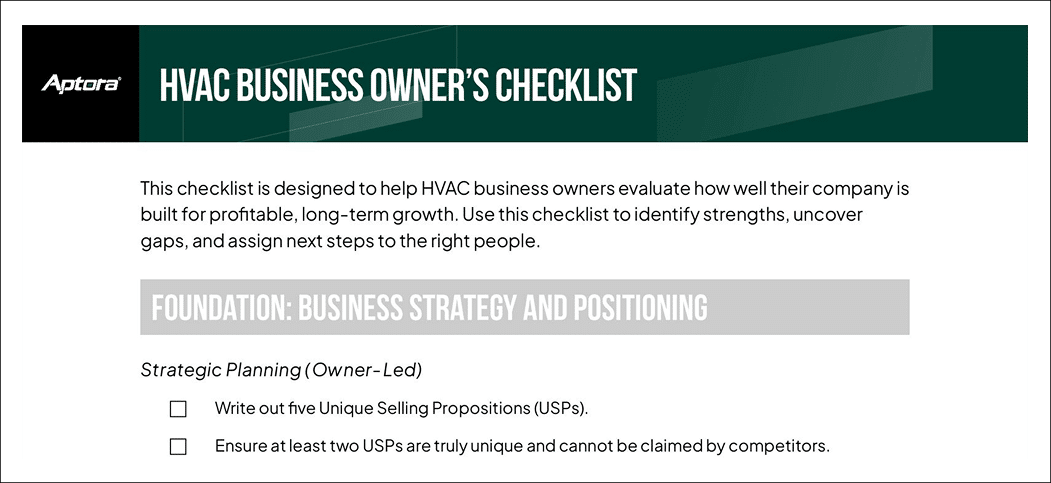

Subscribe to our newsletter

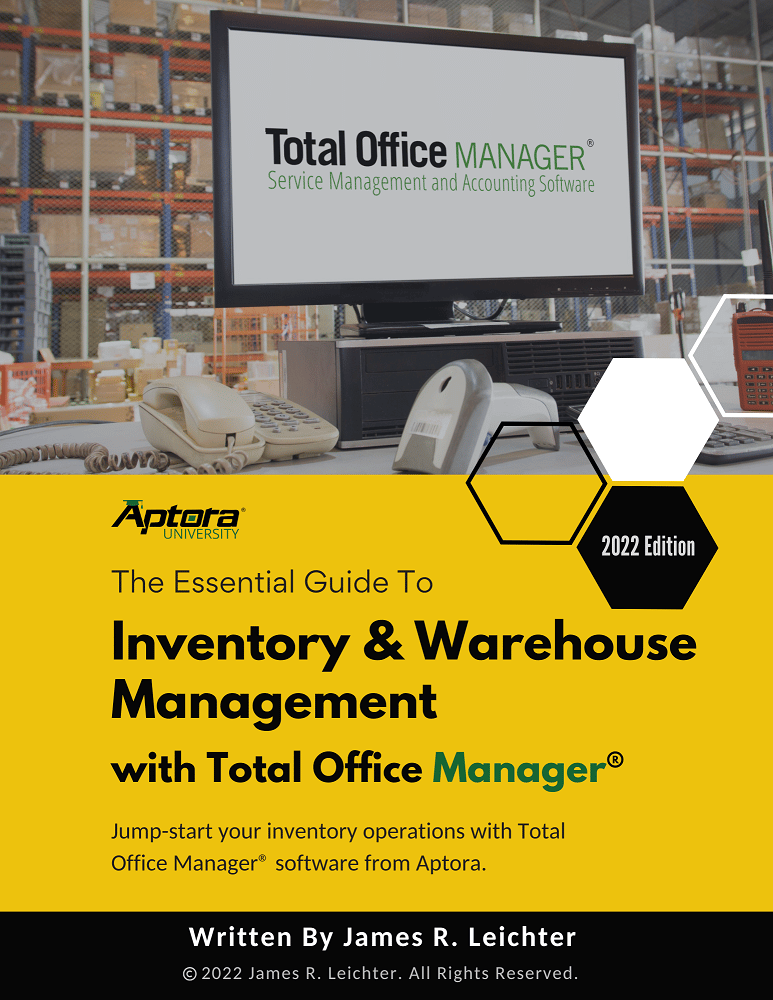
By submitting this form, I agree to receive marketing communication via phone call, email, or SMS from Aptora.

By submitting this form, I agree to receive marketing communication via phone call, email, or SMS from Aptora.